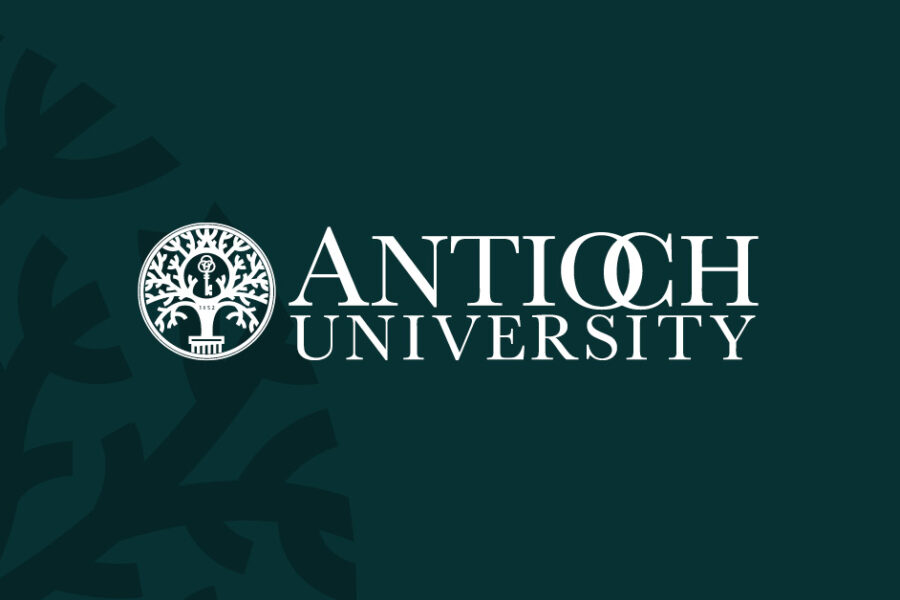In the fall of 2019, the Bridge Program at Antioch University Los Angeles will celebrate 20 years. Bridge, which provides University level education for students who may not otherwise have access to higher education, was founded in 1999 by alumna and faculty member Shari Foos with Founding Director and faculty member David Tripp.
As a result of Bridge, nearly 700 students have continued their education. They have engaged in creative and critical discussion and broadened horizons of possibility for themselves, their families, and their communities. Many alumni of the program continue their education and earn associate’s degrees, bachelor’s degrees, even master’s degrees. Just as importantly, many students leave the program engaged in the world of ideas in new ways.
Bridge students earn up to 15 transferable units of university credit and study philosophy, literature, art history, writing, and urban studies–all free of charge. The Bridge program also provides a sense of solidarity, community, opportunity, and a new way of seeing the world.
Russell Thornhill, co-director of the Bridge Program and undergraduate student and former Bridge teaching assistant Noah Christensen discuss the Bridge Program and its 20th-anniversary celebration.
How did you become involved with Bridge?
Noah: I joined the Bridge Program as a TA in the fall of 2011 when I was in the undergraduate program and worked with Bridge for two years.
What do students in Bridge study?
Russell: Students in the Bridge Program take a progressive, humanities-centered course of study examining Art History, Literature, and Philosophy while building writing and critical thinking skills over the course of three quarters. Classes meet in the evenings, and our classes utilize a wealth of teaching modalities including lecture, group work, media, and creative expression. In addition, many students also elect to take an additional course, Service Learning, in which students are empowered to be agents of change in their community, designing a sustainable community project in the course of their learning.
How does someone become involved in the Bridge Program as either a student or a volunteer?
Noah: If someone is interested in becoming a student, they would complete an application either online or in person, or attend an open house to hear more about Bridge.
Russell: Students are encouraged to apply for the program through a variety of outside referral programs as well as through our own outreach. On-campus, students from the Undergraduate Program can become involved as teaching assistants. Anyone who may be interested in learning more about Bridge or how they can contribute are encouraged to email me at [email protected].
Why were student capstone presentations chosen to be part of the 20th Anniversary celebration?
Russell: The capstone projects encapsulate the trajectory of the entire 9-month program. Students are encouraged to use all of the resources they have developed as individuals and as a community to present a topic that has resonated and changed or expanded their awareness. By including these presentations within the celebration, we not only celebrate the achievement of these presentations but honor Bridge’s commitment to community. The capstone projects expand our communal understandings, becoming an extension of the community we are building and nurturing.
Can you share a bit about the art history class Bridge students take?
Russell: Art history, taught by Fabian Cereijido, is one of three humanities classes that every member of the Bridge community takes. Like Philosophy and Literature, Art History allows the community to examine culture through a socio-historic lens, inviting each student to locate and connect their lived experience within the scope of western culture. This becomes particularly important when we consider how, in the case of Art, certain aesthetics become elevated within our culture while others become marginalized or are erased.
 As part of the class, students created a Community Fresco. Community is a practice of common interests considered collectively, resulting in common ownership, and expression of separateness moving towards oneness.
As part of the class, students created a Community Fresco. Community is a practice of common interests considered collectively, resulting in common ownership, and expression of separateness moving towards oneness.
How did the making of the fresco impact students in his class?
Russell: The fresco was one of the most powerful expressions of community in action that the students were able to take on. Working as a community, each member of the community contributed to the fresco in a playful capacity, reflecting each member’s own creativity and personal expression. The result is a work of community that is bigger than the sum of its parts, an artifact, and testament to the restorative power of imagination and collaboration. The fresco is currently on display on the first floor until through the Artistic Uprising on November 15, 2019. We are hoping to find a permanent home for the work on campus in the next few months.
How important is self-expression and teamwork in the mission of Bridge?
Russell: Self-expression and teamwork are the heart of Bridge. It is through personal reflection and the expression of personal resonance that rich and productive conversations enrich and fortify the learning that occurs within the program. In many ways, the coursework is the vehicle for the broader project of community. In Bridge, we don’t think of community as something that happens, but rather as something that is nurtured and developed through action, dialogue, and overt agreements to show up as individuals and while respecting our unique backgrounds. Our differences as a group make our team stronger.



